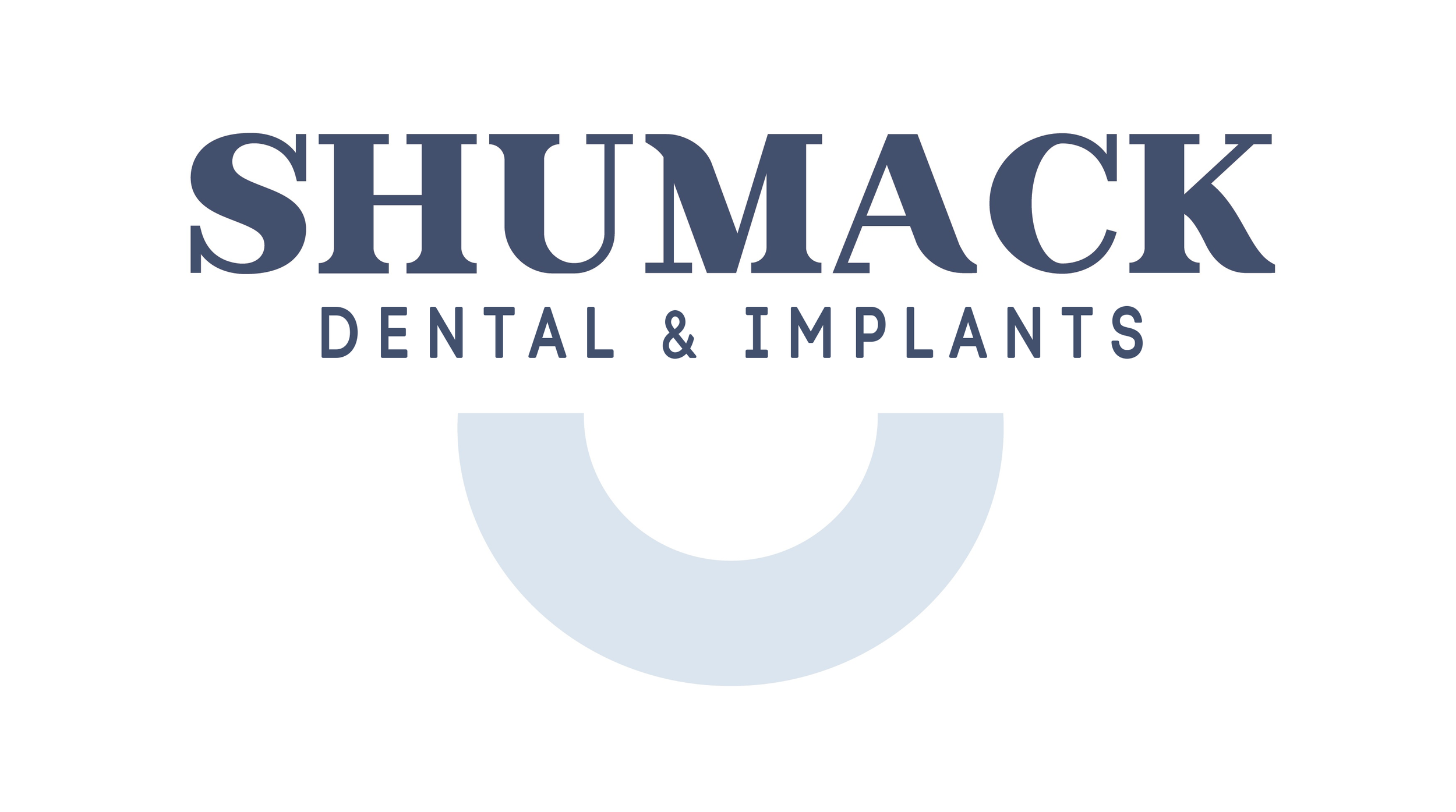Eleven benefits an 'indirect' restoration has over a 'direct filling'
Indirect dental restorations, such as inlays, onlays, and crowns, have several benefits over direct restorations, such as resin fillings. benefits include:
Longevity: Indirect restorations are typically made from materials such as porcelain or gold, which are more durable and have a longer lifespan than direct restorations made from materials such as composite resin or amalgam.
Better Seal: Indirect restorations can create a better seal around the tooth, which can help to prevent bacteria and food particles from entering the tooth, which can help to protect against tooth decay and inflammation. This improved superior seal also leads to reduced sensitivity
No shrinkage : Indirect restorations like all-ceramic onlays and inlays do not shrink after curing, which can help to prevent microleakage and improve the longevity of the restoration.
Predictability: Indirect restorations like crowns, inlays and onlays are made in a laboratory and designed with a computer-aided design and manufacturing (CAD-CAM) which increase the predictability of the final restoration.
Greater precision: Indirect restorations are fabricated using advanced technology in a dental laboratory, which can allow for greater precision in terms of fit and finish compared to direct restorations, which are typically placed and shaped directly in the patient's mouth.
Preservation of tooth structure: With indirect restorations, less tooth structure needs to be removed in order to place the restoration. This is because the restoration is made outside of the mouth and then bonded or cemented in place, allowing for a more conservative preparation.
Functionality: Indirect restorations can provide better function and stability compared to direct restorations, especially in the case of a large or heavily restored tooth.
Improved tooth strength: Indirect restorations can improve the strength of the tooth and help to prevent further breakage or damage
Biocompatibility: Indirect restorations made from ceramic or porcelain materials have better biocompatibility than restorations made from composite resin or amalgam. This means that they are less likely to cause an allergic reaction or other adverse reactions in patients.
Improved Oral Hygiene: Indirect restorations have a smooth surface that is easy to clean and maintain, which can help to improve oral hygiene.
Cost-effective in the long-term : While indirect restorations may be more expensive initially, they can be more cost-effective in the long-term, as they typically last longer and require fewer repairs or replacements than direct restorations.
It is also worth noting that indirect restorations like inlays or onlays are a good option when a tooth have a big cavities or have been previously treated with direct filling or have lost significant tooth structure but not enough to require a full coverage crown. This can help to save more healthy tooth structure.
It's also important to consider that placing an indirect restoration requires at least two visits to the dentist (often before and after lunch), one for taking the impression of the prepared tooth and one for placing the final restoration. This is another aspect to consider when deciding which type of restoration is best for a specific situation.
